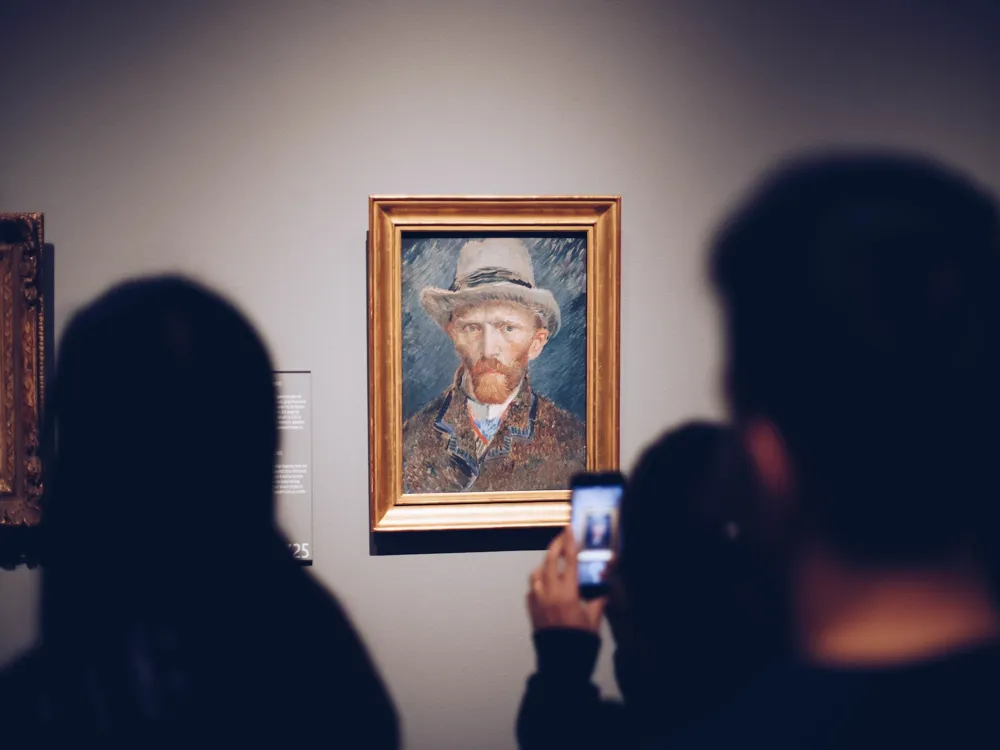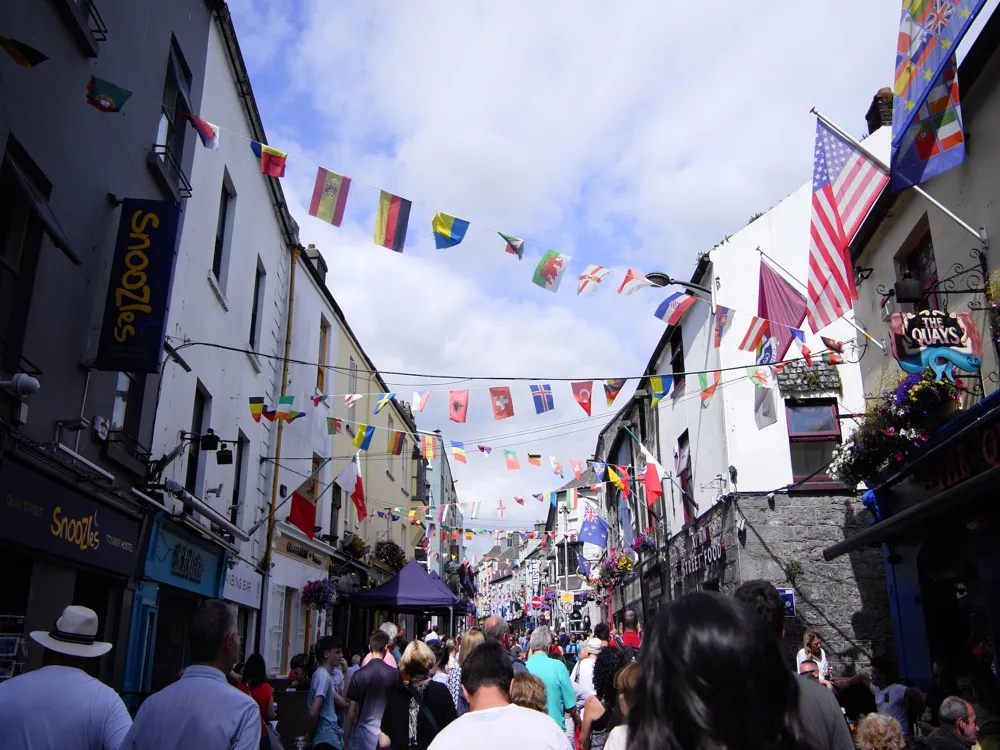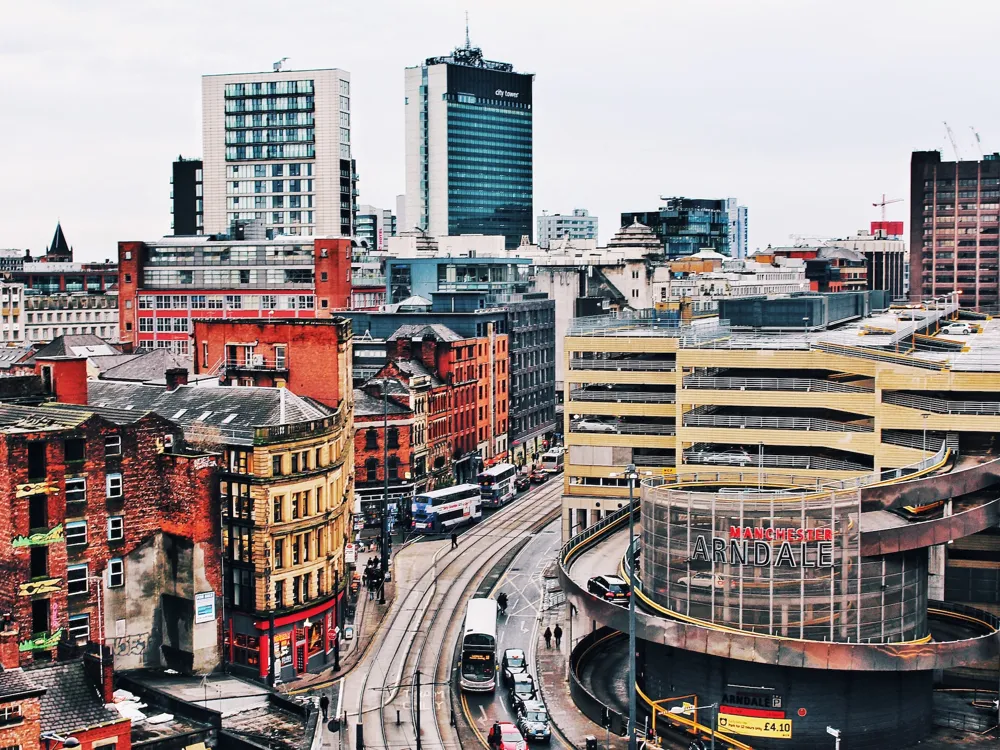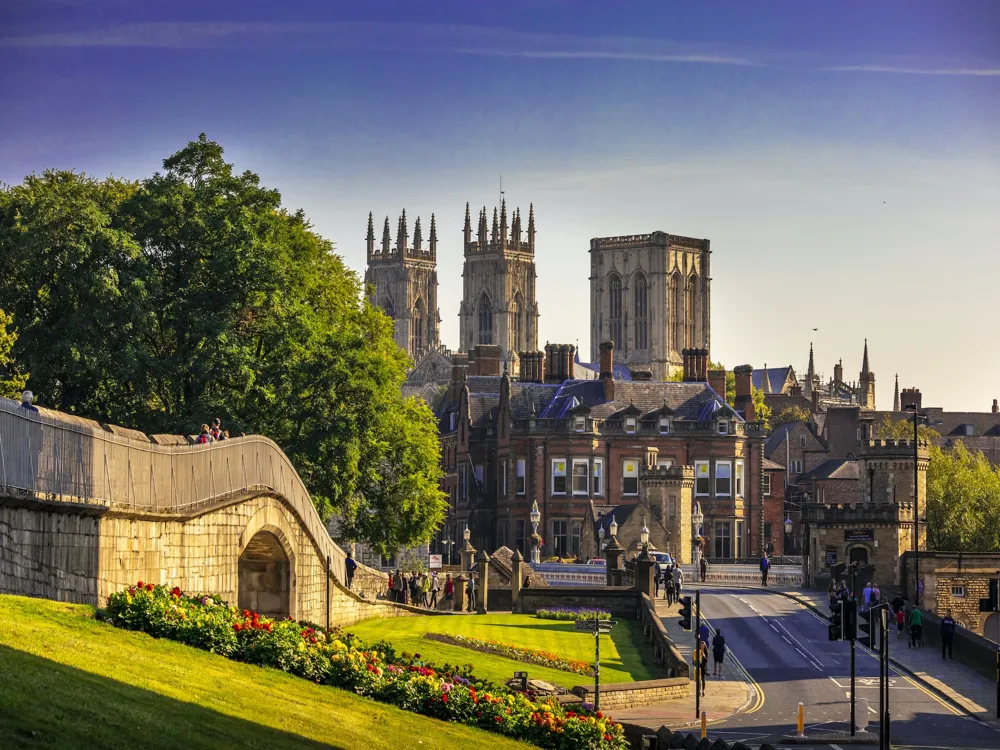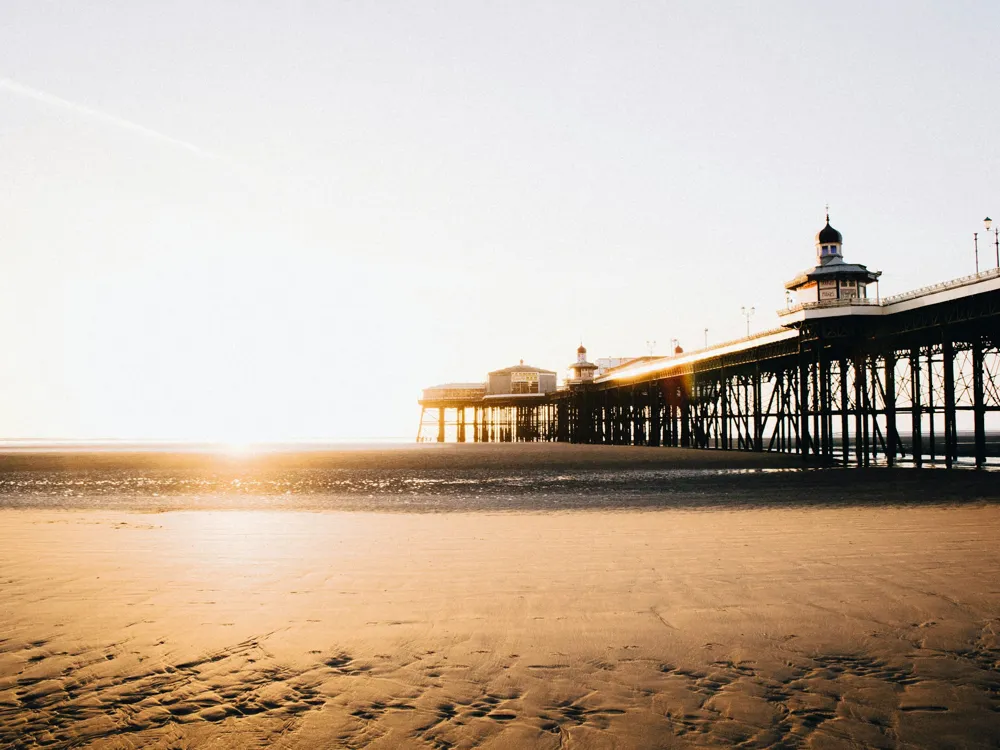Kilmainham Gaol, a historic jail located in Dublin, Ireland, stands as a monumental structure rich in history and heritage. Established in 1796, this jail has witnessed some of the most pivotal moments in Irish history. From the Irish Rebellion of 1798 to the Easter Rising of 1916, Kilmainham Gaol has been at the epicenter of Ireland's struggle for independence. The architecture of the prison, with its austere Victorian design, reflects the grim reality of prison life during the 18th and 19th centuries. Its role in the incarceration of many prominent Irish revolutionaries, including leaders of the Easter Rising, has cemented its place in the annals of Irish history. Today, Kilmainham Gaol serves as a museum, offering a glimpse into the lives of those who fought for Irish freedom and the conditions they endured. The guided tours available provide visitors with an in-depth understanding of the political and historical significance of this site. The architecture of Kilmainham Gaol is a physical testament to the evolution of penal philosophy over centuries. Initially built in the late 18th century, the Gaol underwent significant expansions and renovations, reflecting changes in attitudes towards prison design and punishment. The original section of the jail, with its small, unlit cells and large, communal spaces, was typical of the penal thinking of the time, which emphasized confinement and control. As the 19th century progressed, the Gaol evolved to include the East Wing, a structure influenced by Victorian ideals of prison reform. This section is characterized by its radial design, allowing for maximum surveillance with its central observation point. The individual cells were designed to isolate prisoners, a method believed to encourage penitence and reform. The Gaol's architecture, with its stark, foreboding appearance, not only reflects the prevailing attitudes of the times but also serves as a chilling reminder of the harsh realities of life behind bars during Ireland's tumultuous past. It's advisable to book your tickets in advance, as Kilmainham Gaol is a popular tourist attraction with limited entry numbers. Check the official website for opening hours and tour availability. Remember, the weather in Dublin can be unpredictable, so dress accordingly. Guided tours are the only way to see Kilmainham Gaol, offering invaluable insights into its history. Tours are led by knowledgeable guides and typically last about 90 minutes. Be sure to ask questions to enhance your understanding of the site's significance. Photography is allowed within Kilmainham Gaol, but flash photography is prohibited. This is to preserve the artifacts and the integrity of the site. Be respectful and mindful of this rule during your visit. While efforts have been made to make Kilmainham Gaol accessible, some areas may be challenging for those with mobility issues. Check the official website for detailed accessibility information before your visit. Kilmainham Gaol is easily accessible from Dublin city center. You can take public transport, such as buses or the Luas tram system, which have stops near the site. For those preferring a more scenic route, consider a leisurely walk or a bike ride along the River Liffey, enjoying Dublin's beautiful cityscape en route to the Gaol. If driving, there is limited parking available at the site. Be sure to check the latest traffic and parking information on the day of your visit. Read moreOverview of Kilmainham Gaol in Dublin
Architecture of Kilmainham Gaol
Tips When Visiting Kilmainham Gaol
Plan Your Visit
Guided Tours
Photography
Accessibility
How To Reach Kilmainham Gaol
Kilmainham Gaol
Dublin
₹ 84,000 onwards
View dublin Packages
Weather :
Tags : Museum
Timings : September – May: Monday - Sunday: 9:30 AM – 5:15 PM
June, July & August: Monday - SUnday: 9:30 AM – 5:45 PM
Entry Fee : Adult: EUR 8
Senior (60+): EUR 6
Student: EUR 4
Child (0-11): Free
Child (12-17): EUR 4
Family(Two adults & 2-3 children 12-17): EUR 20
Planning a Trip? Ask Your Question
Dublin Travel Packages
View All Packages For Dublin
Top Hotel Collections for Dublin

Private Pool

Luxury Hotels

5-Star Hotels

Pet Friendly
Top Hotels Near Dublin
Other Top Ranking Places In Dublin
View All Places To Visit In dublin
View dublin Packages
Weather :
Tags : Museum
Timings : September – May: Monday - Sunday: 9:30 AM – 5:15 PM
June, July & August: Monday - SUnday: 9:30 AM – 5:45 PM
Entry Fee : Adult: EUR 8
Senior (60+): EUR 6
Student: EUR 4
Child (0-11): Free
Child (12-17): EUR 4
Family(Two adults & 2-3 children 12-17): EUR 20
Planning a Trip? Ask Your Question
Dublin Travel Packages
View All Packages For Dublin
Top Hotel Collections for Dublin

Private Pool

Luxury Hotels

5-Star Hotels

Pet Friendly










